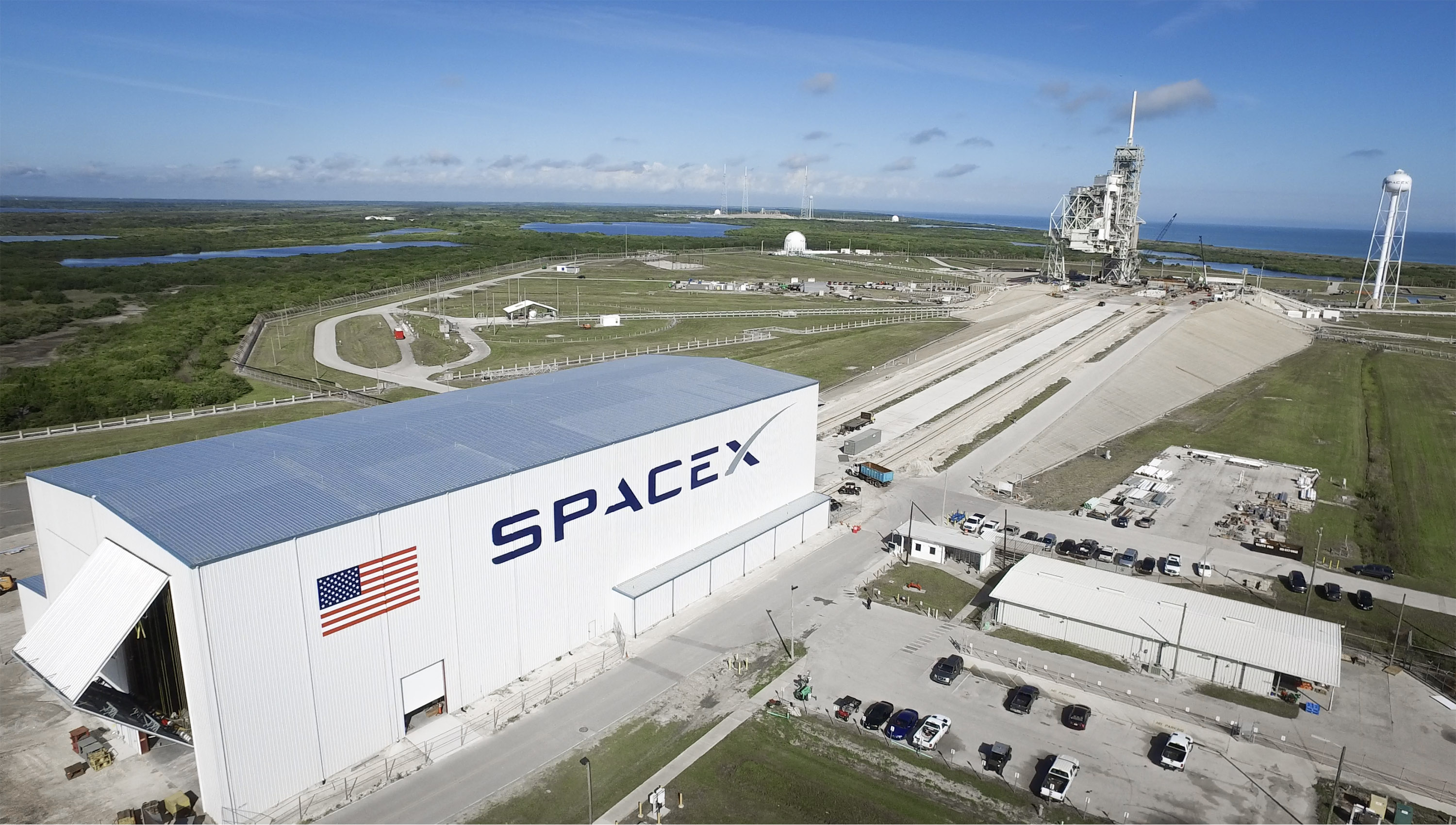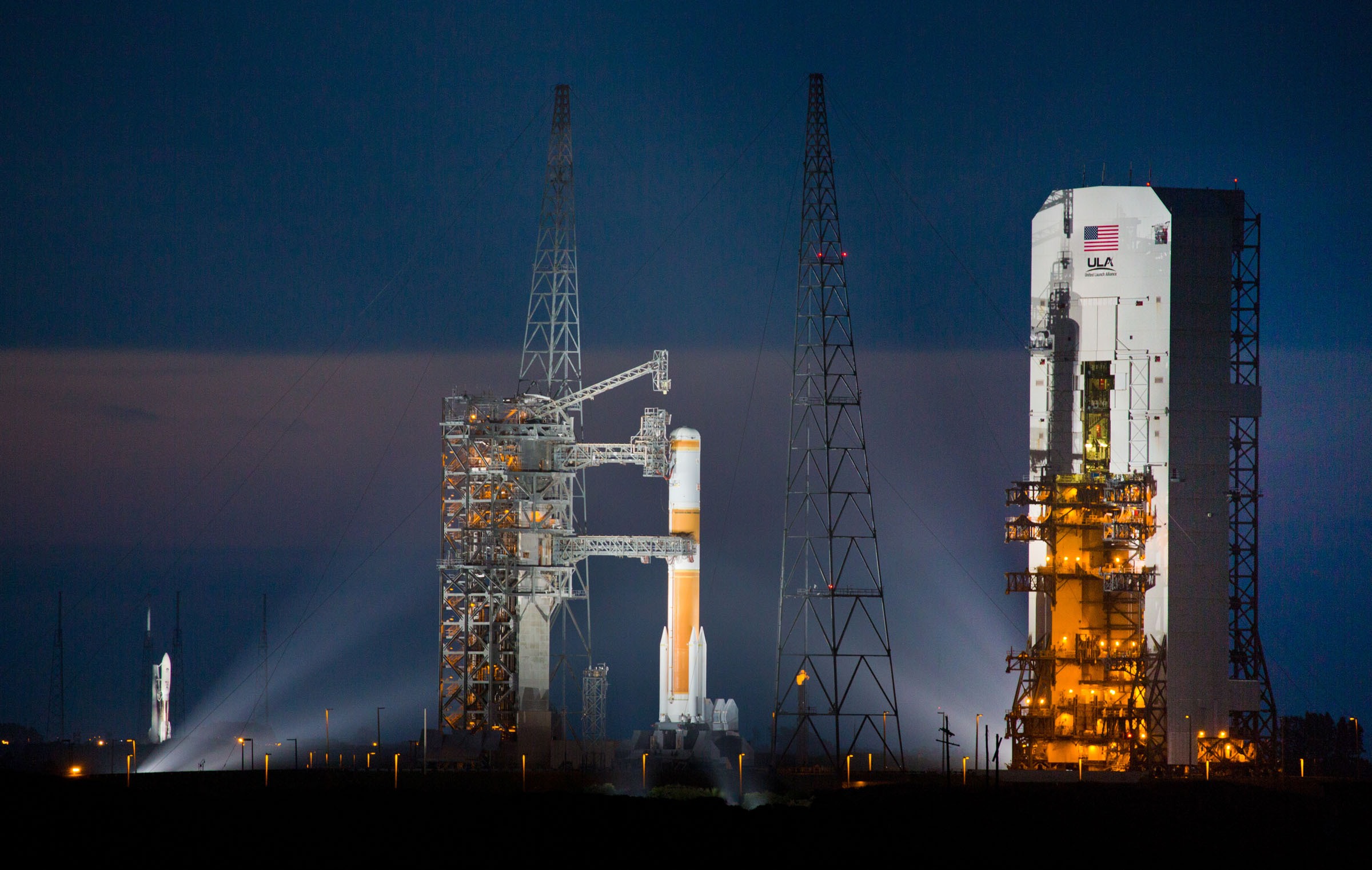
The conquest of outer space, even for peaceful purposes, even in the military, is a very expensive task. Virtually any equipment here costs several times more than its earthly counterpart, and the design process, assembling a rocket and sending it into space is so expensive that only a few states can afford to realize it. All others use the skills of the "space minority".
One of the space powers - the United States. They try to master space here not only for peaceful purposes, for example, to colonize the Moon or Mars to create a bridgehead for humanity outside the Earth, but also in the military. True, space wars between countries are no longer discussed, but all the same, the military regularly develops some satellites of their own design, secret reusable UAVs and other systems. Naturally, all this needs to be somehow sent into orbit, and earlier the US Air Force representatives collaborated with the ULA (
United Launch Alliance ). The contracts with ULA turned out to be expensive even for the almost immense military budgets of the United States, which complained about this in one of
their reports in 2014. Well then came Ilon Musk.
The US military said in
its report that it was difficult to discuss the launch cost with the ULA, since the pricing of this company is not transparent. In fact, they talked about the fact that a monopoly sets its own conditions, and the military can agree with them or not. Since the military needed space, they had to agree.
But just about 2014, the company Ilona Mask SpaceX began to offer its own launch services for space transporters, with a price significantly lower than that of competitors. At the same time, pricing was transparent, partners always know what, how much it costs and why. SpaceX prices are regularly updated, and downward. In general, the dependence is simple - the more launches a company makes, the lower the price level for launching a rocket it can afford. True, for SpaceX there is one problem - if something goes wrong (for example, an accident happens), then the profit for the whole year is “eaten”, so it takes a long time to recover.
Nevertheless, the company is developing, rockets with reusable stages have already been successfully sent to space, plus there is an active work to introduce the technology of reuse of the company's space truck, hermetic part.
And SpaceX does not take additional payments in the amount of, as in ULA. The alliance has a payment for the military, which is something
like a license fee for being ready to launch rockets. We are talking about goods that are important for national security - whatever that cargo is. ULA missile launches, whether Atlas V or Delta IV, are going well, there are almost no accidents. But for this, the military pays much more than SpaceX. Therefore, Falcon 9 is now viewed by the US military as a worthy alternative to the previous partner’s missiles (the alliance is working with the US military complex even now).

SpaceX came to court also because in 2016 the military was asked to optimize the budget for space launches. This must be done within a few years.
The budget itself is very interesting to explore. Here, for example, there is a line where the costs of launching a rocket from ULA are stated, albeit with a “license fee”, which was discussed above. But with or without payment, and the cost of one launch is extremely high - something around $ 420 million. And the financial relationship between the military and the alliance remains a lot unclear, since the cost of launching a rocket of the same alliance in the commercial market (that is, not for the military) varies about $ 100 million to $ 350 million. The difference is due to the fact that cargo can be sent by rockets of different classes, depending on the needs of the customer.
It turns out that the military send their goods into space at a significantly increased price, which is lower for all other customers of the alliance. But who gives money to the military? Of course, taxpayers. And so they begin to show more and more dissatisfaction with the situation.
ULA even
began to talk about a gradual equation of the cost of rocket launches for military and commercial partners. But so far these are only conversations, things have not moved further. But SpaceX launches Falcon 9 for $ 65 million. However, for the military, the final price is somewhat higher, since they have additional requirements for partners. But in any case, the price is lower than that of the former monopolist ULA. Thus, the GPS 3 satellite (or rather, one of the satellites) was sent into orbit for $ 96.5 million. This is four times
less than the alliance.
Experts say that the Mask company can send cargo into space at a price lower than the cost of launching a rocket, with one simple goal - to occupy a certain niche in the military orders market. And when this happens, the company will gradually expand its influence.